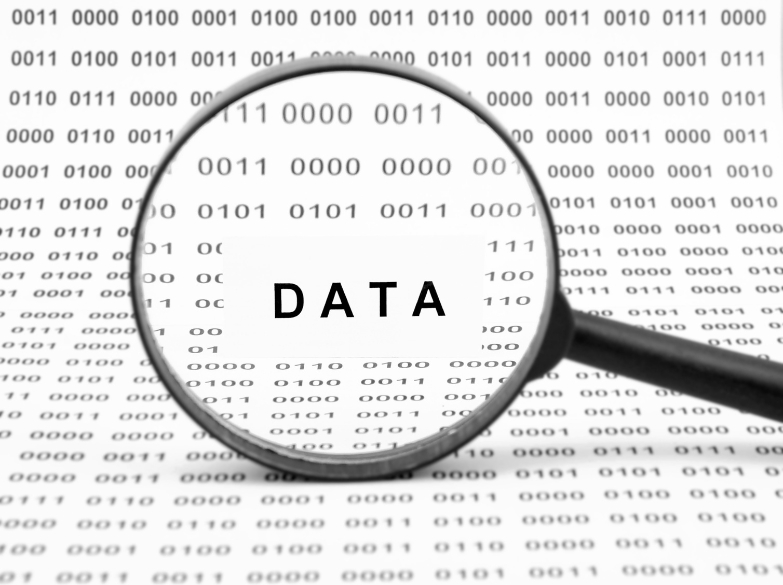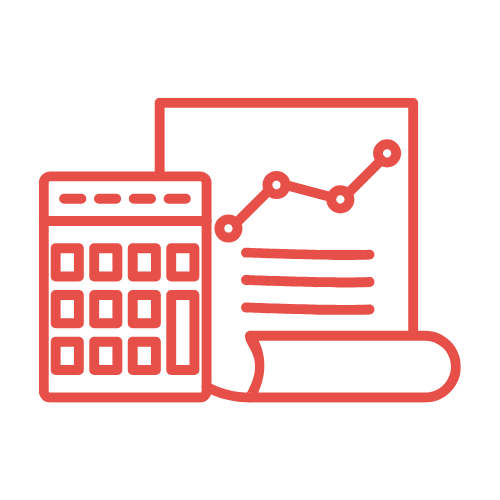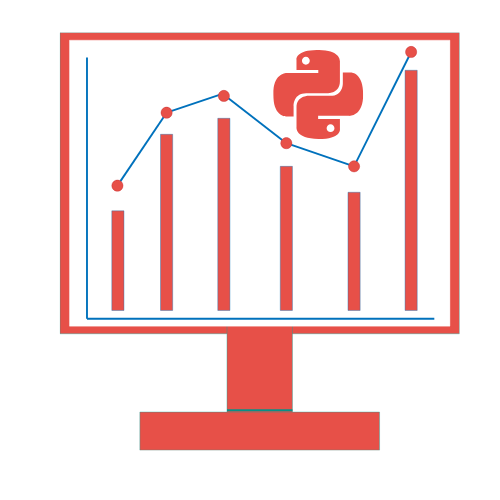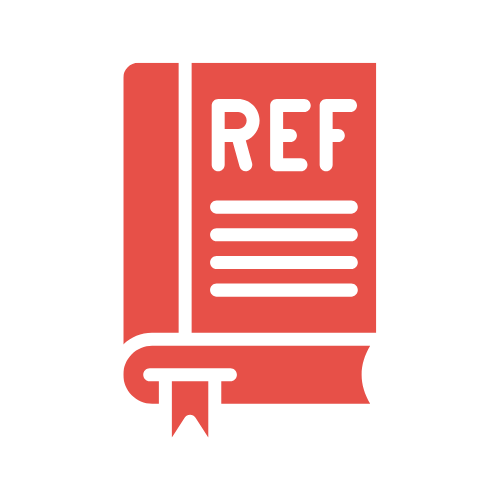
As the data collection methods have extreme influence over the validity of the research outcomes, it is considered as the crucial aspect of the studies

Econometrics is a combination of statistical theory, mathematical modelling, and economic data used to test hypotheses and predict future behaviours. R and Python both offer rich libraries tailored for econometric modelling. This paper gives a range of the most important packages in each of the languages, with examples and academic references for the empirical researcher or practitioner.

The plm package in R is a critical package for estimating linear panel data models with fixed and random effects, and the first-difference method.
Example:
r
library(plm)
data(“Grunfeld”, package = “plm”)
model <- plm(inv ~ value + capital, data = Grunfeld, model = “within”)
summary(model)
Application: This is quite common in modeling investment at the unit of a firm, over time, and accounting for unobserved heterogeneity (Grunfeld, 1958).
lmtest offers classic diagnostic tests for linear models, including the Breusch–Pagan test for heteroskedasticity and the Durbin–Watson test for autocorrelation.
Example:
r
library(lmtest)
bptest(model) # Breusch-Pagan Test
dwtest(model) # Durbin-Watson Test
Application: Applicable to both cross-sectional and time series models for the testing of OLS assumptions (Zeileis & Hothorn, 2002).
This package is particularly popular for ARIMA and exponential smoothing methods. It automates the understanding of model selection as well as the analysis of seasonal data.
Example:
r
library(forecast)
model <- auto.arima(AirPassengers)
forecast(model, h = 12)
Application: Works particularly well for forecasting monthly macroeconomic indicators like consumer demand or inflation (Hyndman & Khandakar, 2008).
The sandwich package offers heteroskedasticity-consistent (HC) and autocorrelation-consistent (HAC) variance estimators to allow for robust inference.
Example:
r
library(sandwich)
library(lmtest)
coeftest(model, vcov. = vcovHC(model, type = “HC1”))
Application: The package can be used when standard OLS assumptions are violated (Zeileis, 2004).

Econometrics Toolkit statsmodels is the primary econometric modeling library in Python and offers OLS, GLS, time series, and other economic models.
Example:
python
import statsmodels.api as sm
X = sm.add_constant(data[[‘value’, ‘capital’]])
y = data[‘inv’]
model = sm.OLS(y, X).fit()
print(model.summary())
Application: Categorical application in economic modeling and regression analysis (Seabold & Perktold, 2010).
The linearmodels package, which is based on statsmodels, is solely dedicated to fixed/random effects, instrumental variable (IV), and difference-in-difference models.
Example:
python
from linearmodels.panel import PanelOLS
panel_data = data.set_index([‘firm’, ‘year’])
model = PanelOLS.from_formula(‘inv ~ value + capital + EntityEffects’, data=panel_data)
results = model.fit()
print(results)
Application: Appropriate for causal inference using panel datasets that have firm/country identifiers (Benson, 2020).
The arch package can be used for ARCH/GARCH models, which are used in financial econometrics with time-varying volatility.
Example:
python
from arch import arch_model
model = arch_model(data[‘returns’], vol=’Garch’, p=1, q=1)
result = model.fit()
print(result.summary())
Application: Asset Pricing, Risk Management, and Volatility Forecasting (Engle, 1982).
pmdarima simplifies the ARIMA modeling process by automating the selection of orders, seasonal differencing, and diagnostics.
Example:
python
import pmdarima as pm
model = pm.auto_arima(series, seasonal=True, m=12)
forecast = model.predict(n_periods=12)
Application: It is best suited for economic series on a monthly or quarterly basis, e.g., inflation rates or unemployment rates (Smith, 2020).

R and Python are also options to conduct econometric analysis. R can provide the most robust academic and mature tools, including plm and lmtest, making R better suited for traditional econometrics, while Python also has statsmodels and linearmodels and is better for extensibility and merging with arbitrary workflows in machine learning. The choice goes down to the goal of the research, R if the need is more statistical, and Python for integration or data science.

WhatsApp us